Hanbok is a traditional Korean garment that has been part of Korean life for centuries. Recently, with the advancement of artificial intelligence (AI) technology, hanbok is being reinterpreted in new and innovative ways. What was once considered merely an “old tradition” is now reborn as a unique work of art where tradition and modernity coexist, thanks to AI’s creativity. However, there are still technological limitations that prevent AI from fully understanding and reproducing hanbok authentically. In this article, we explore the meaning behind AI-generated hanbok images, why they inevitably take the form of “reinterpretation,” and how this theme might be revisited in the future.
The Origins, History, and Aesthetic Value of Hanbok
Hanbok is a uniquely Korean style of clothing that originated during the Gojoseon era and reached its most iconic form during the Joseon Dynasty. It is primarily composed of both straight and curved lines, with colors symbolizing social status and meaning. The traditional Korean aesthetic ideals of grace and harmony are well reflected in hanbok, and its elegance continues to be recognized worldwide even today.
Why Create Hanbok with AI – And Why Call It ‘Reinterpretation’?
The attempt to depict hanbok using AI goes beyond mere experimentation—it’s a cultural reinterpretation. But there’s a clear reason behind this.
Current AI models have not been sufficiently trained on the exact structure, material, and wearing style of hanbok, making it difficult to recreate traditional clothing with precision. As a result, details are often omitted, or expressions are generalized into a vague “East Asian” style.
In this context, creators are using AI’s expressive capabilities to craft interpreted hanbok images. Rather than a faithful replication of tradition, these images are attempts to create a new aesthetic from the perspective of how AI sees hanbok.
📌 Future Plans:
When the time comes that AI can understand the form and cultural context of hanbok in greater depth, we plan to create new content focusing on “accurate and complete hanbok images.” This series serves as a preliminary step—an experiment in how digital technology perceives tradition.
Design Elements and Features of the Images
AI-generated hanbok images typically retain traditional structures while incorporating modern design and fashion elements.
- Silhouette: Based on the forms of jeogori, chima, and goreum, but modern fashion influences are visible in shoulder lines, length, and pleats.
- Color: While traditional colors like Obangsaek and gold/silver threads are used, there are also many variations with more vivid or pastel tones.
- Accessories and Background: Traditional norigae, floral decorations, and natural landscapes are combined to create an emotional and atmospheric feel.
Image Examples: Fusion of Tradition, Nature, and Emotion
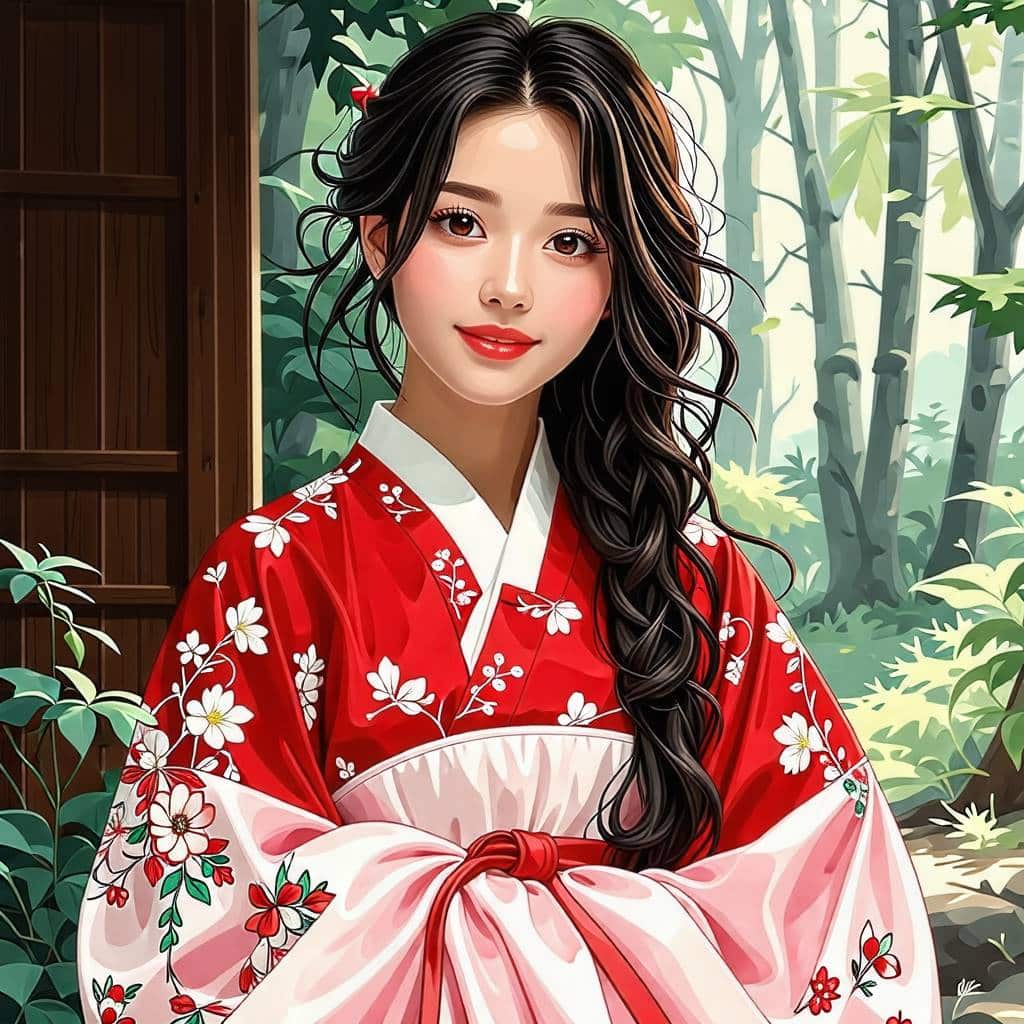
▲ AI reinterpreted hanbok image blending with nature
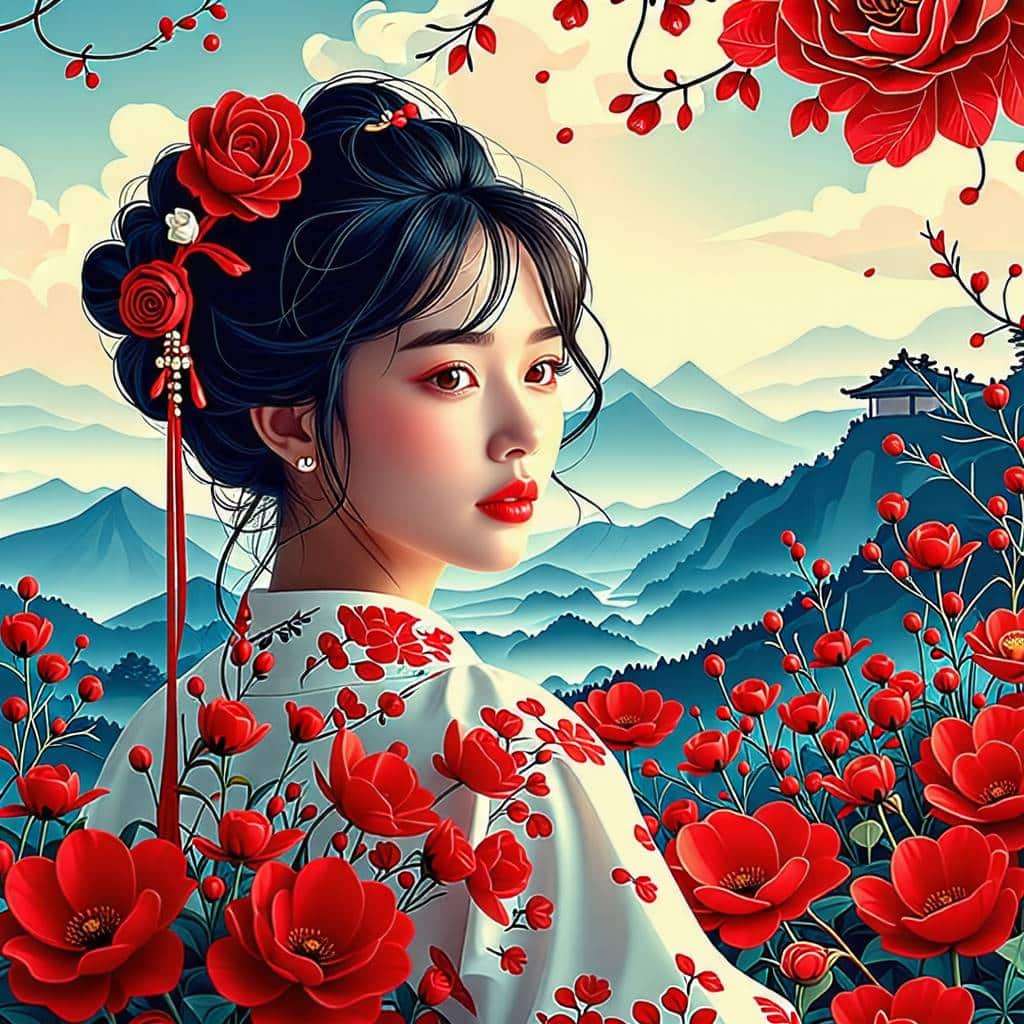
▲ A striking piece featuring warm red hues and floral motifs
AI Art & Hanbok: Statistics and Trends
- Global interest in hanbok: According to Google Trends, searches for “hanbok” spike around Lunar New Year and Chuseok, gaining additional attention from hanbok-wearing K-pop stars like BTS and BLACKPINK.
- Growth of AI image industry: As of 2025, the global AI art market is projected to exceed $1.8 billion, widely applied in NFTs and content design fields.
- Expansion of Korean cultural exports: According to the Korea Creative Content Agency, hanbok-related content exports increased by 21% in 2024 compared to the previous year, establishing it as an emerging export category.
Potential Uses and Cultural Significance of These Images
These images can be used in a variety of fields:
- SNS posts, content thumbnails, illustration motifs
- Transformation into NFT works featuring traditional attire
- Background elements for music videos and Hallyu content
- Designs for exhibitions/seminars introducing Korean culture
Moreover, as a case of reinterpreting tradition through modern technology, these images hold strong potential as educational content and cultural marketing material.
Reinterpretation for Now, Precise Restoration for the Future
Today’s AI hanbok images are ultimately results of reinterpretation within current technological limitations. But their value is not small. They present new perspectives, emotions, and possibilities. Once AI can deeply understand hanbok and reproduce even its intricate details, we plan to revisit this theme with more authentic and refined content.
AI hanbok proves that tradition is not just a relic of the past but a living force—reborn and reimagined through time and technology.

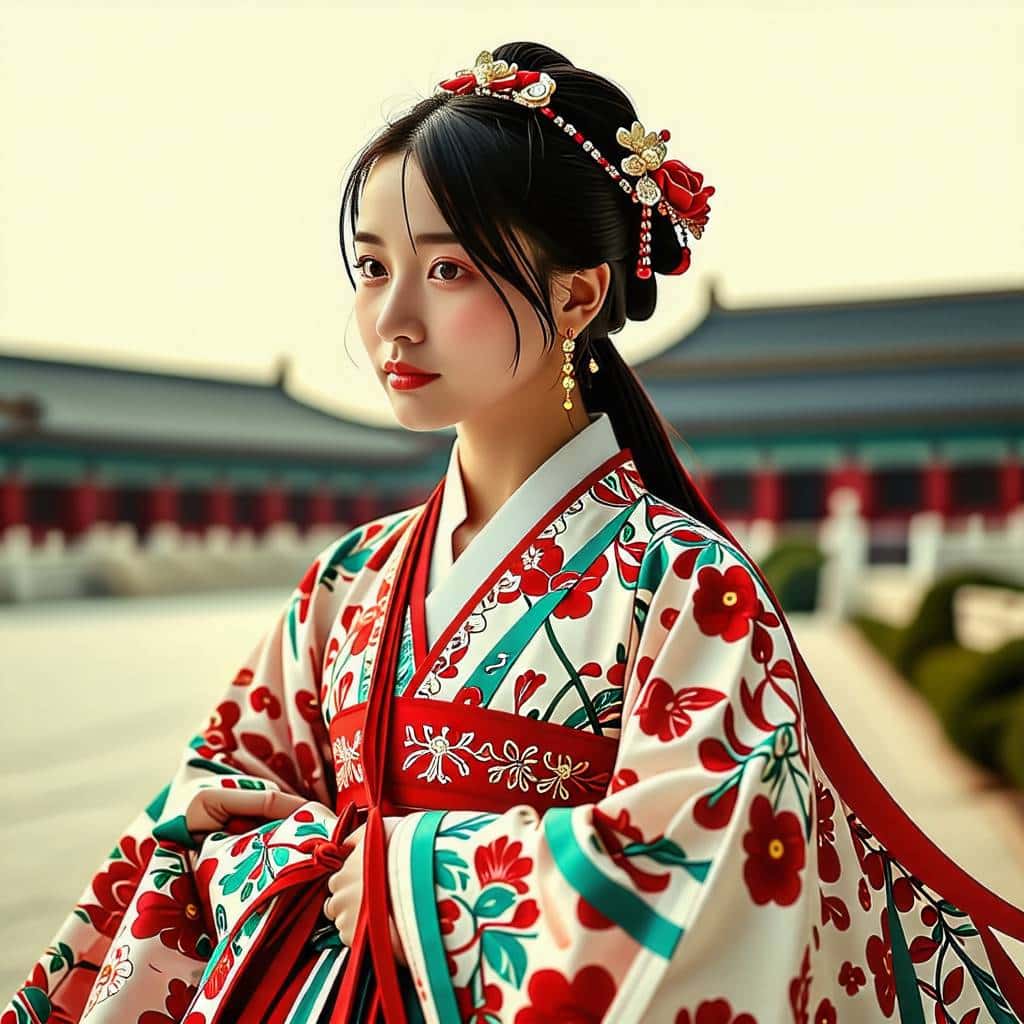
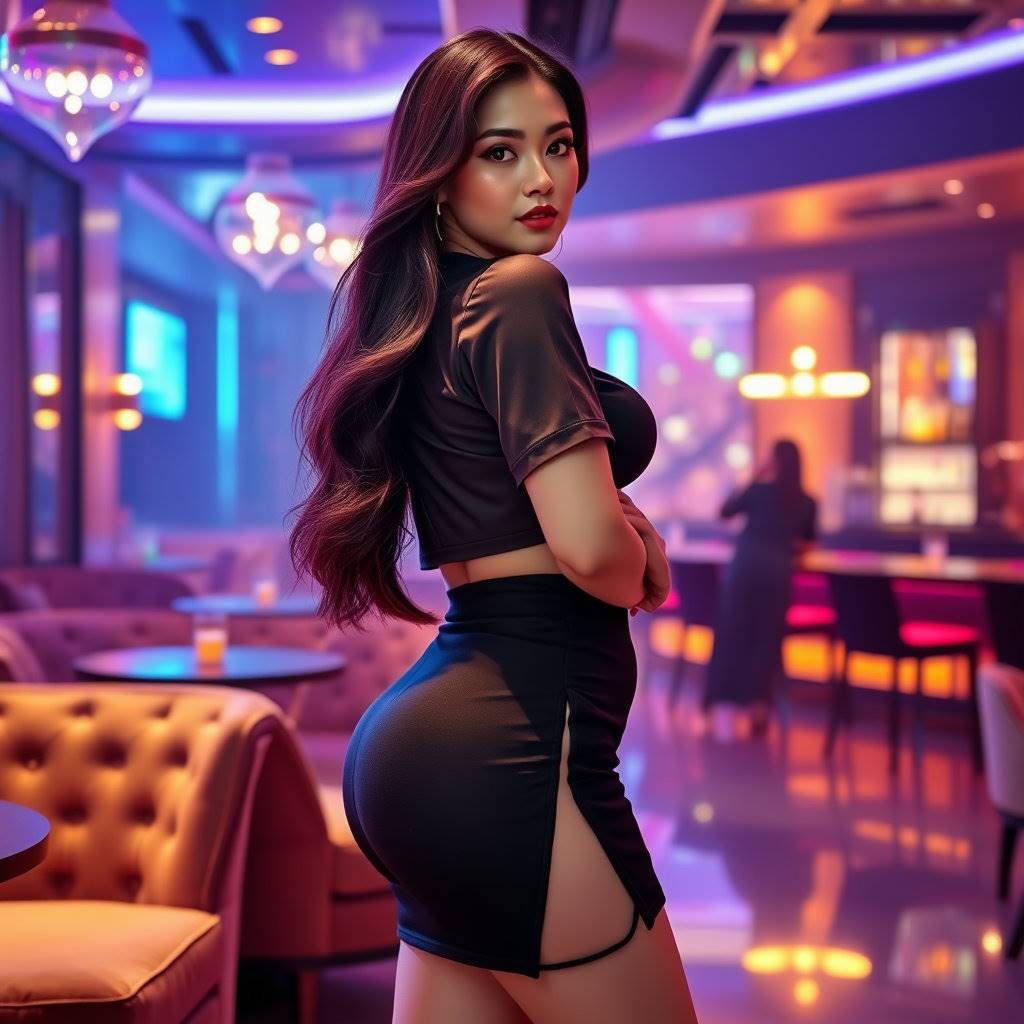
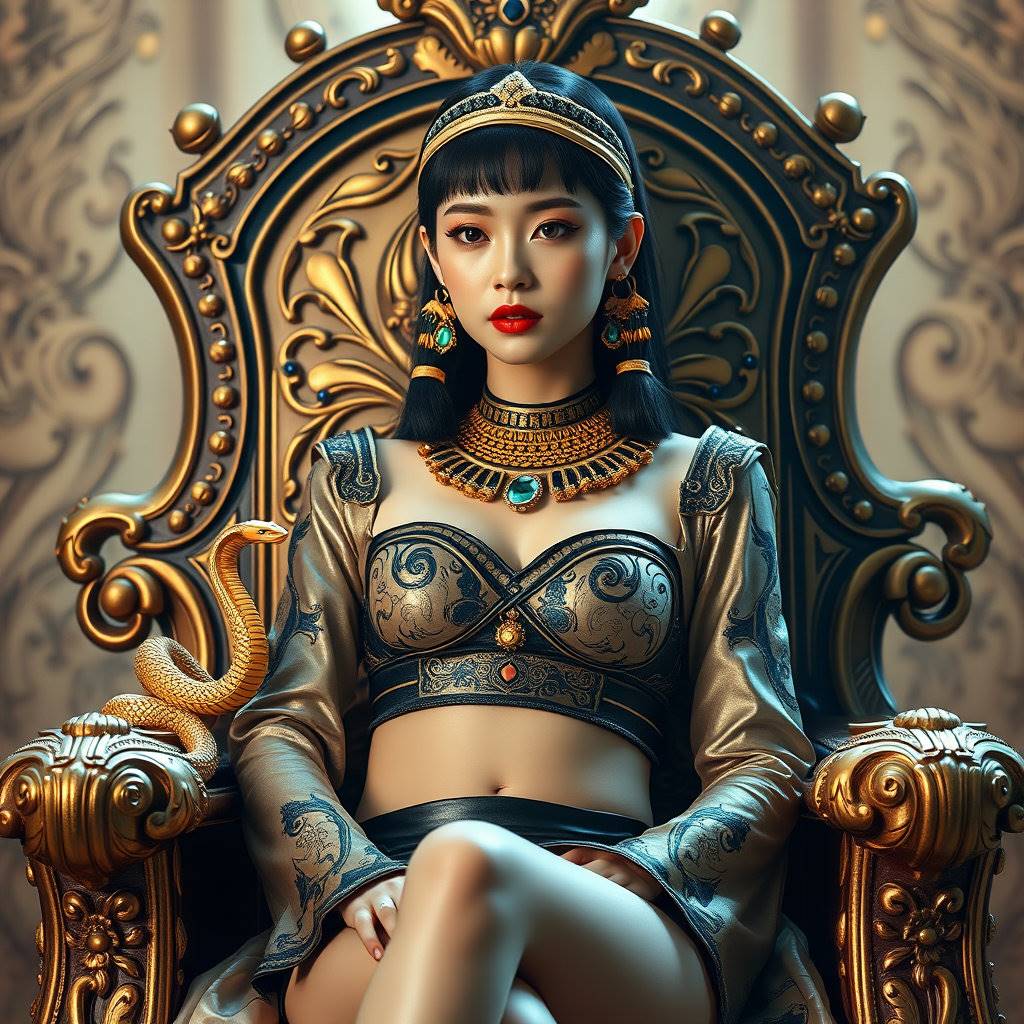
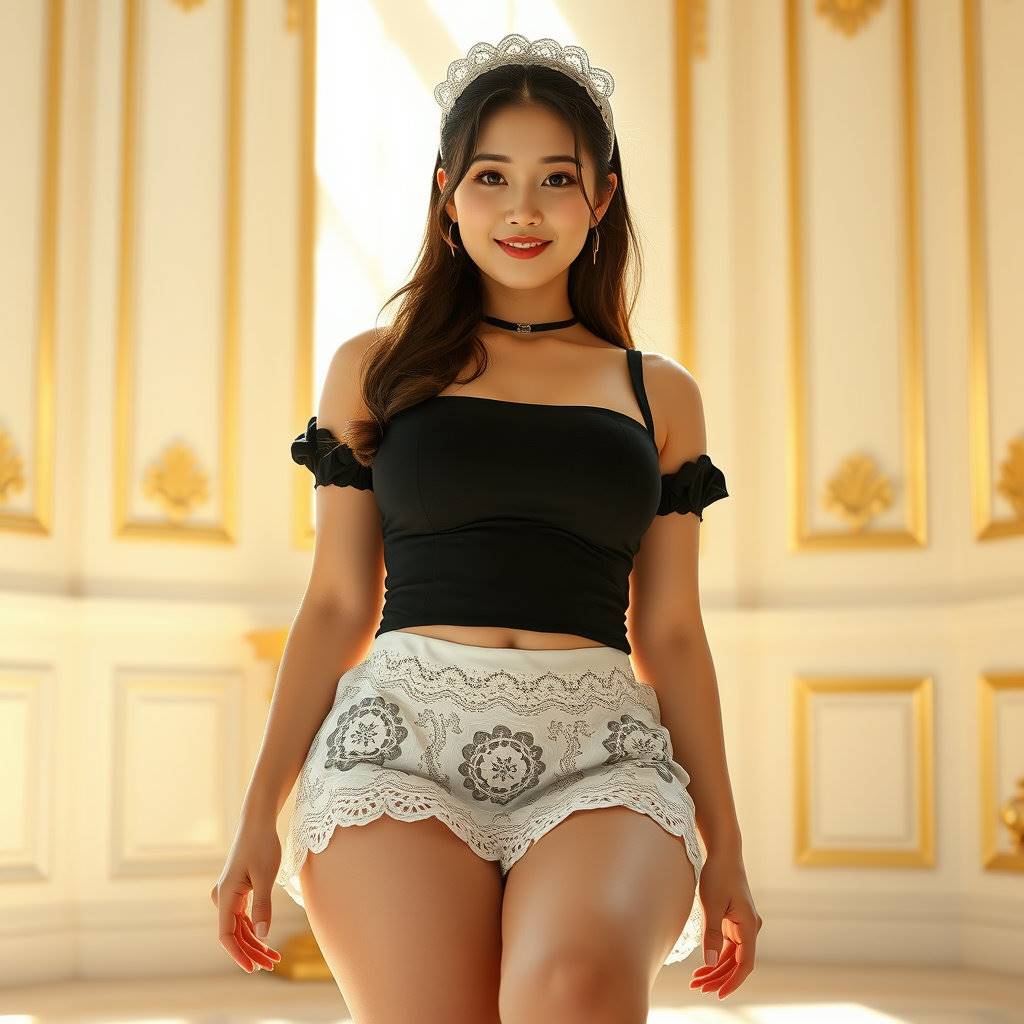
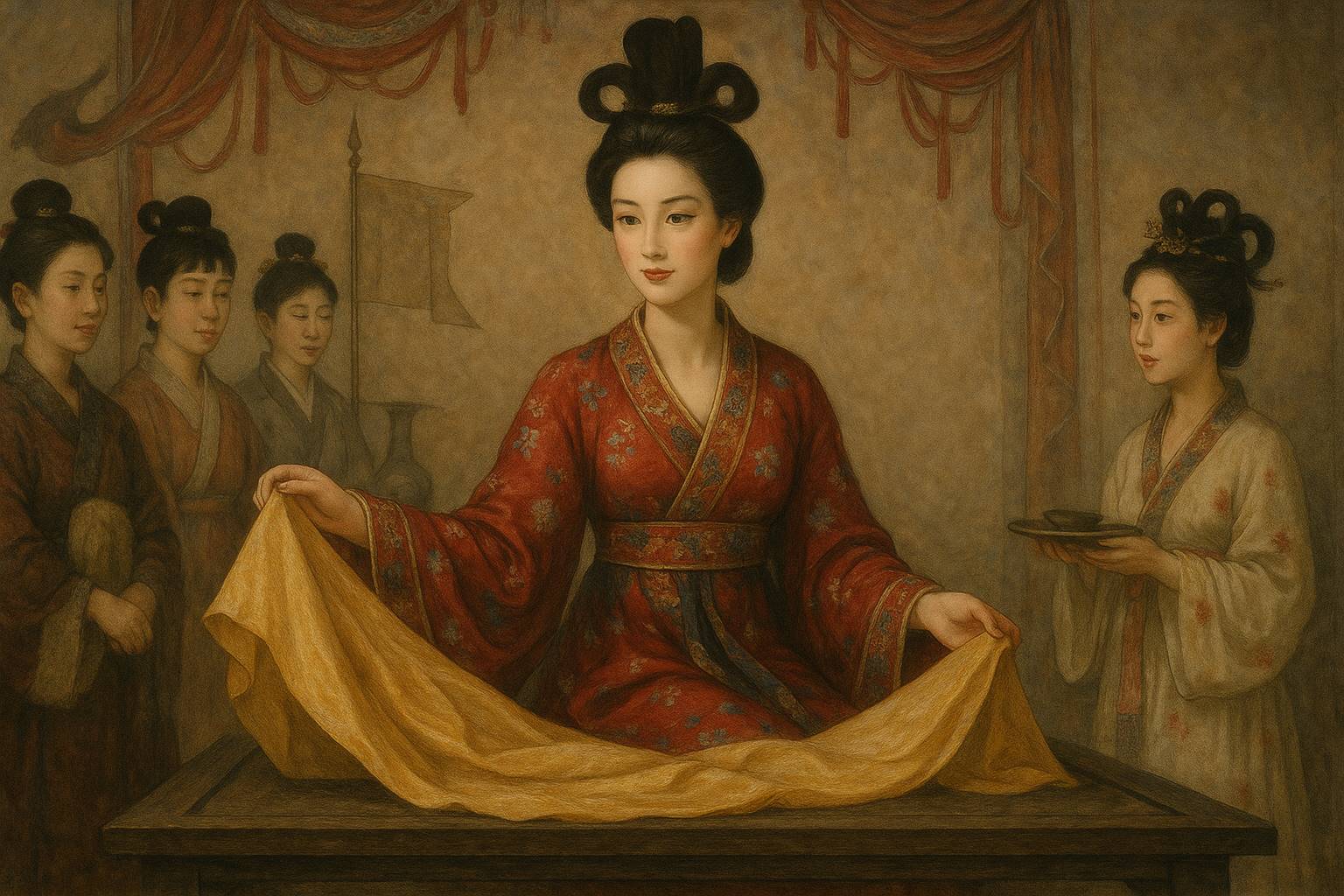
Leave a Reply